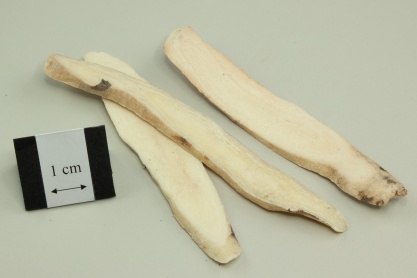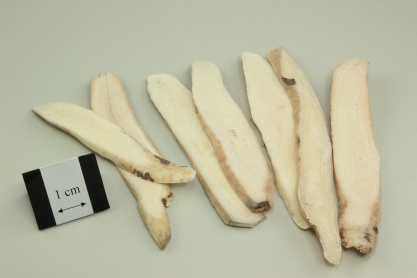白芍
- ENG
- White Peony Root
- LATIN
- Paeoniae Alba Radix
| Medicinal Group | Blood-tonifying medicinal |
|---|---|
| Source | Dried root of Paeonia lactiflora Pall. (Fam. Ranunculaceae) |
| Nature and Flavors | bitter, sour; |
| Meridian Affinity | Liver, Spleen |
| Actions | To pacify the liver and relieve pain, nourish blood and regulate menstruation, and check excessive perspiration |
Family
Ranunculaceae
Part used
Root and Rhizome
Indications
Headache and dizziness; costal and abdominal pain; spasmodic pain of limbs; anemia; menstrual disorder; spontaneous sweating and night sweating
Research Findings
- Ningdong Granule (consisting of white peony root) could modulate abnormal serum levels of interleukin-12 and tumor necrosis factor-alpha in Tourette's syndrome children patients[1]
Cautions
Incompatible with Rhizoma et Radix Veratri
Report on adverse effect
No Data.
Reference
Reference
- Tang HX, Li AY, Li JJ, Hou GS, Zhang F. (2014). Effect of Ningdong Granule on the levels of IL-12 and TNF-alpha in children patients with Tourette's syndrome. Zhongguo Zhong Xi Yi Jie He Za Zhi. , 34(4):435-8.












